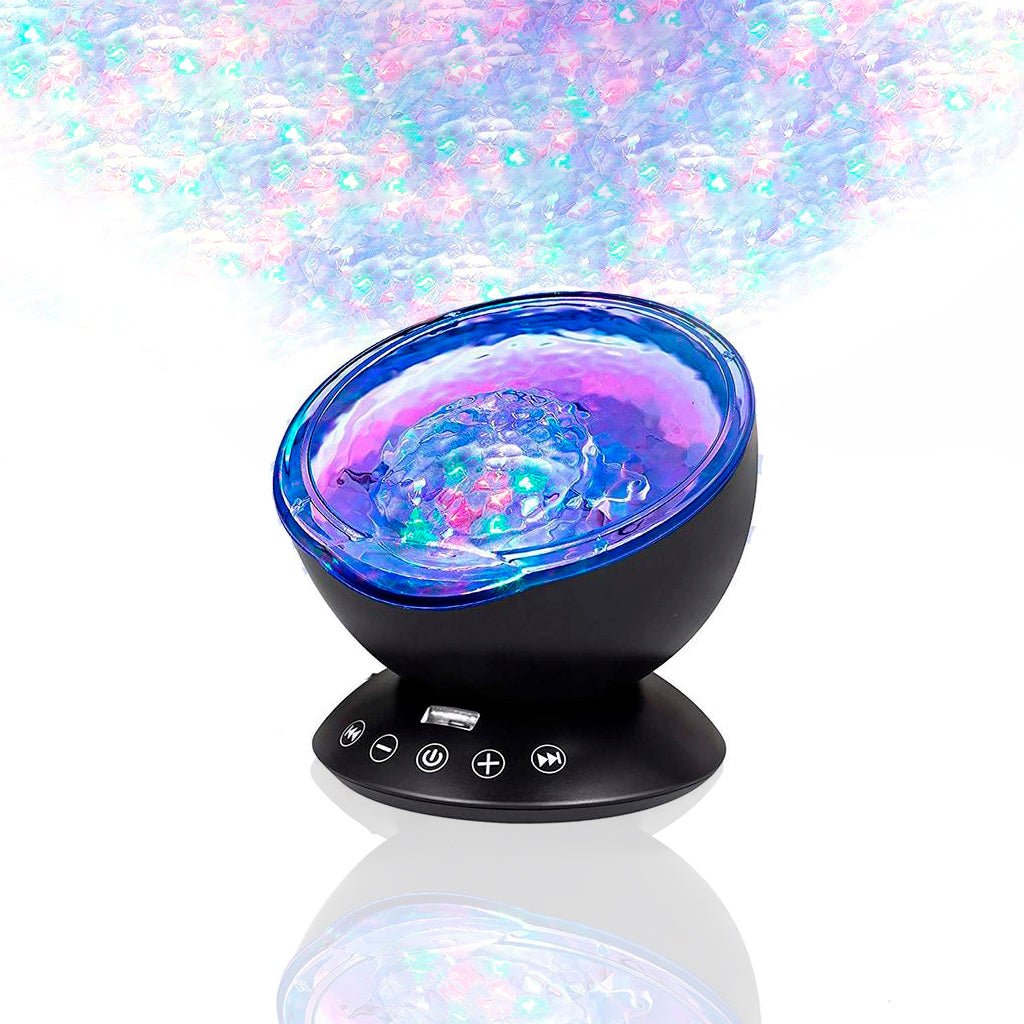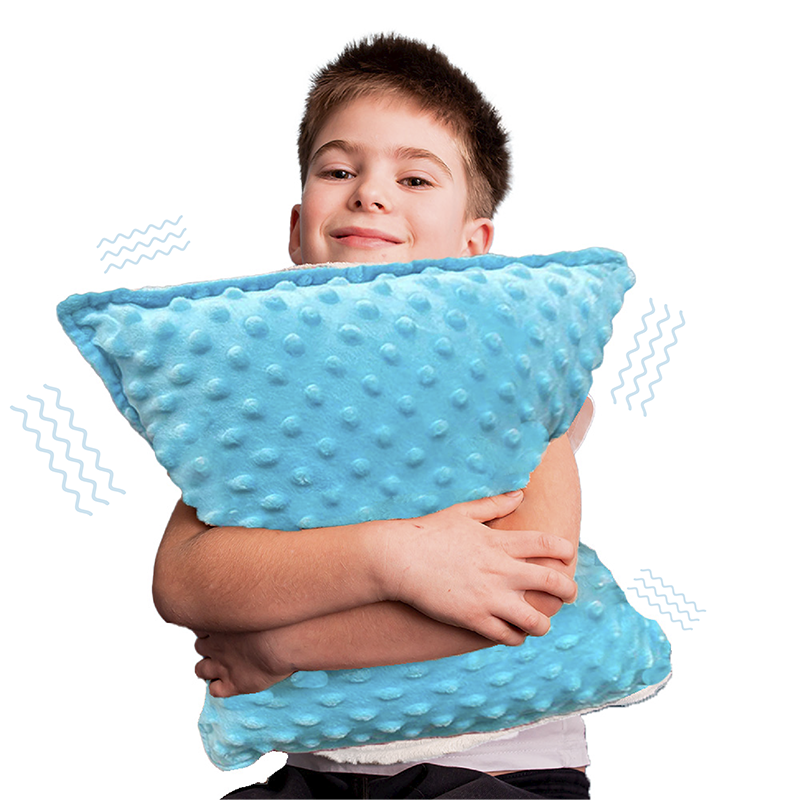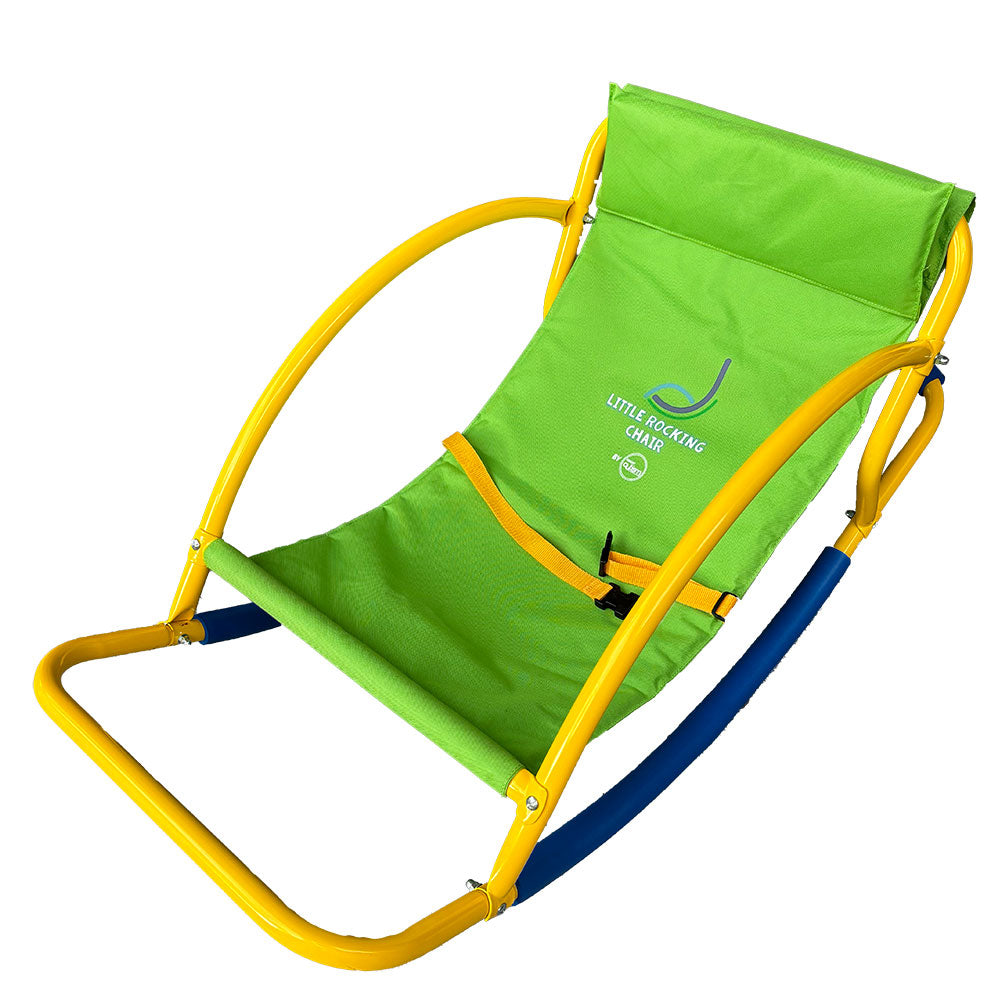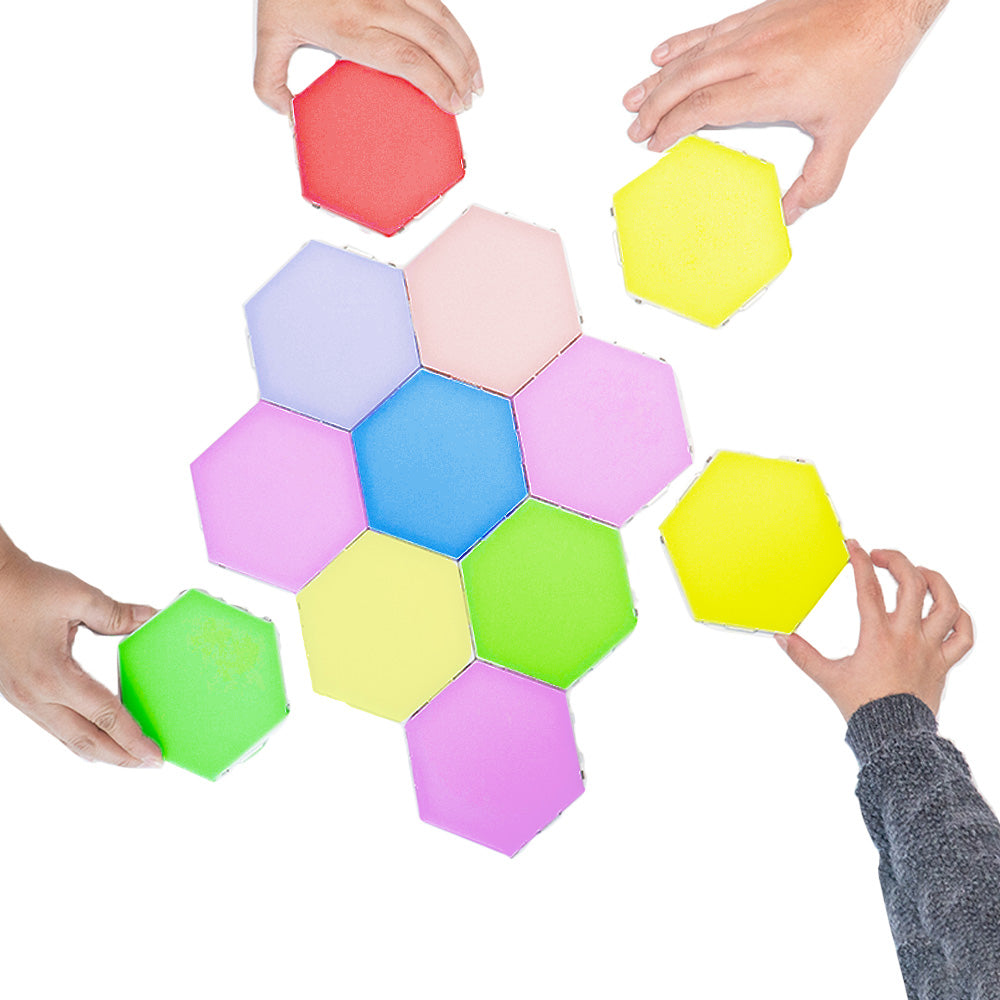
Creating a nurturing environment for a child with autism is more than a labor of love—it is a commitment to their comfort, growth, and happiness. For many children on the autism spectrum, the world can be a place filled with intense sensory experiences that can overwhelm their delicate senses. Designing a soothing space at home, often referred to as a sensory room, can provide a sanctuary for sensory regulation, relaxation, and joy.
When we think about a sensory room, we envision a place where every element is purposefully chosen to cater to the unique sensory preferences of a child with autism. From the colors on the walls to the textures underfoot, each detail plays a role in creating a calming and safe space. But how do we begin this journey of transformation?
First and foremost, it's essential to understand that a sensory room is not just a play area—it's a therapeutic space designed to stimulate or calm the sensory system. The room should offer a variety of experiences, from tactile to visual to auditory, that can be tailored to your child's specific needs. Let's delve into some key aspects to consider when creating this special space.
 Discover the Bright Calming Oil Roll-On, a product designed to enhance your child's sensory experience.
Discover the Bright Calming Oil Roll-On, a product designed to enhance your child's sensory experience.
Every child with autism is unique, and their sensory needs can vary widely. Some may seek sensory stimulation, while others may find certain sensory inputs overwhelming. It's crucial to observe and understand these needs before designing the room. Consider consulting with an occupational therapist who specializes in sensory integration to gain deeper insights into your child's sensory profile.
Designing the Space
Start by choosing a quiet room or a designated area in your home that can be dedicated to your child's sensory needs. The room should be free from distractions and clutter, with a focus on simplicity and order. Use calming colors on the walls, such as soft blues or greens, and ensure the flooring is comfortable and safe for activities.
Lighting plays a pivotal role in setting the mood of the space. Soft, adjustable lighting can create a calming effect, while blackout curtains can help control natural light. Some parents opt for mood lighting or LED light strips that can change colors to suit the child's mood or activity.
Choosing the Right Sensory Equipment
Equip the room with a variety of tools and toys that cater to different sensory modalities. This can include tactile items like bean bags, weighted blankets, or textured mats. For proprioceptive input, consider adding a swing or a crash pad. Visual stimuli can be provided through lava lamps, bubble tubes, or fiber optic lights.
Auditory elements are also essential. Soothing sounds or white noise machines can help create an auditory backdrop that minimizes external noises. For those who benefit from auditory feedback, musical instruments or sound panels can be a valuable addition.
Remember, the goal is not to fill the room with as many items as possible but to select items that will be meaningful and beneficial for your child's sensory experience.
Storage and Organization
Organization is key to maintaining a calming environment. Use storage bins and shelves to keep the room tidy and to help your child understand where each item belongs. Labeling these storage areas can assist in both clean-up and in fostering independence.
Creating a Personalized Retreat
Personalize the space with items that your child loves and finds comforting. This could be a favorite toy, a collection of books, or artwork they have created. The sensory room should feel like a personal retreat—a place where they can be themselves without any external pressures.
At Bright Autism, we understand the importance of a sensory-friendly environment. We offer a range of products that can help enhance your child's sensory room, from toys and tools to informative articles that provide valuable insights for parents and caregivers.
Creating a soothing space for your child with autism at home is a beautiful expression of love and understanding. It's a place where they can retreat from the sensory overload of the outside world and find peace and comfort. As you design this special space, keep in mind that it's an evolving process, one that may change as your child grows and their needs evolve. Stay attuned to their responses, and let their smiles and moments of calm be your guide.







Leave a comment